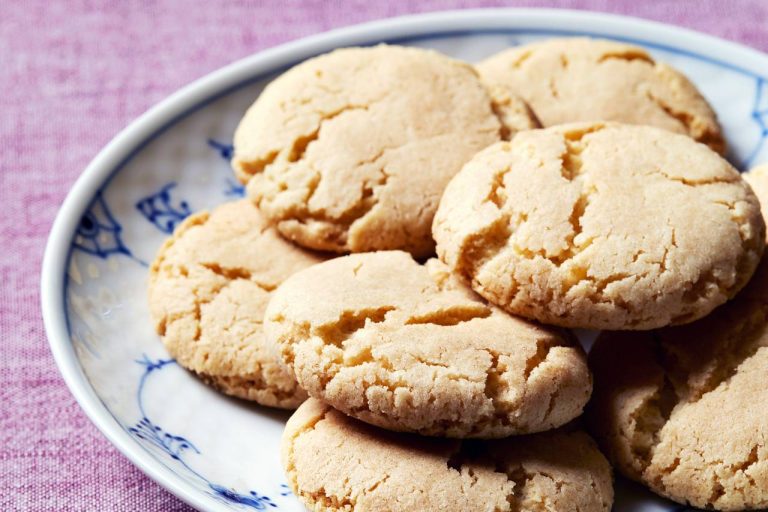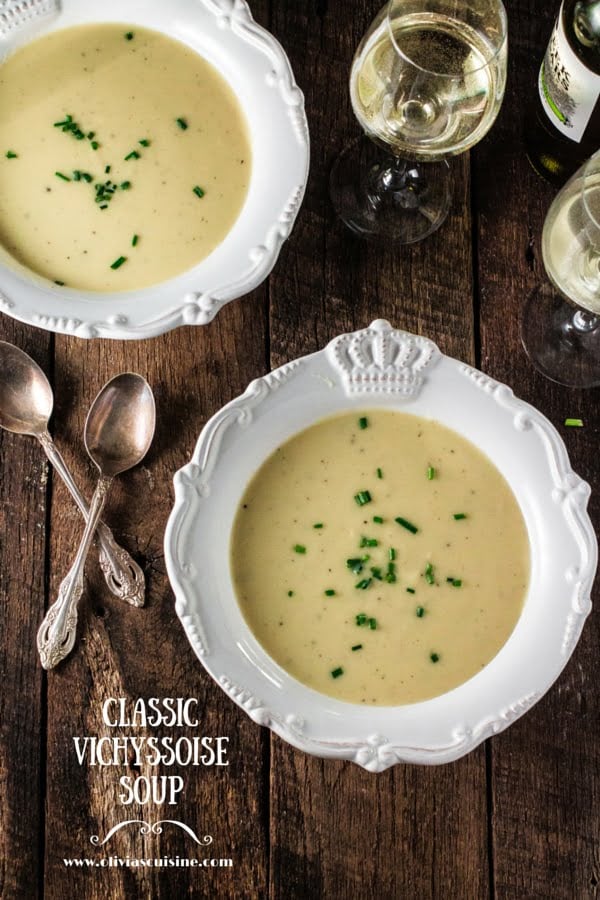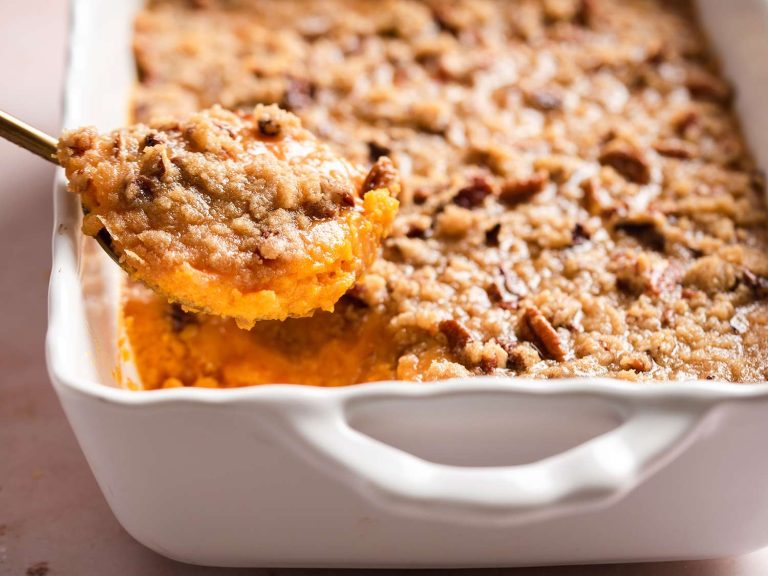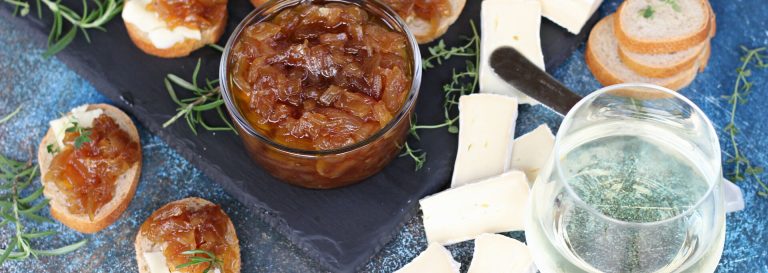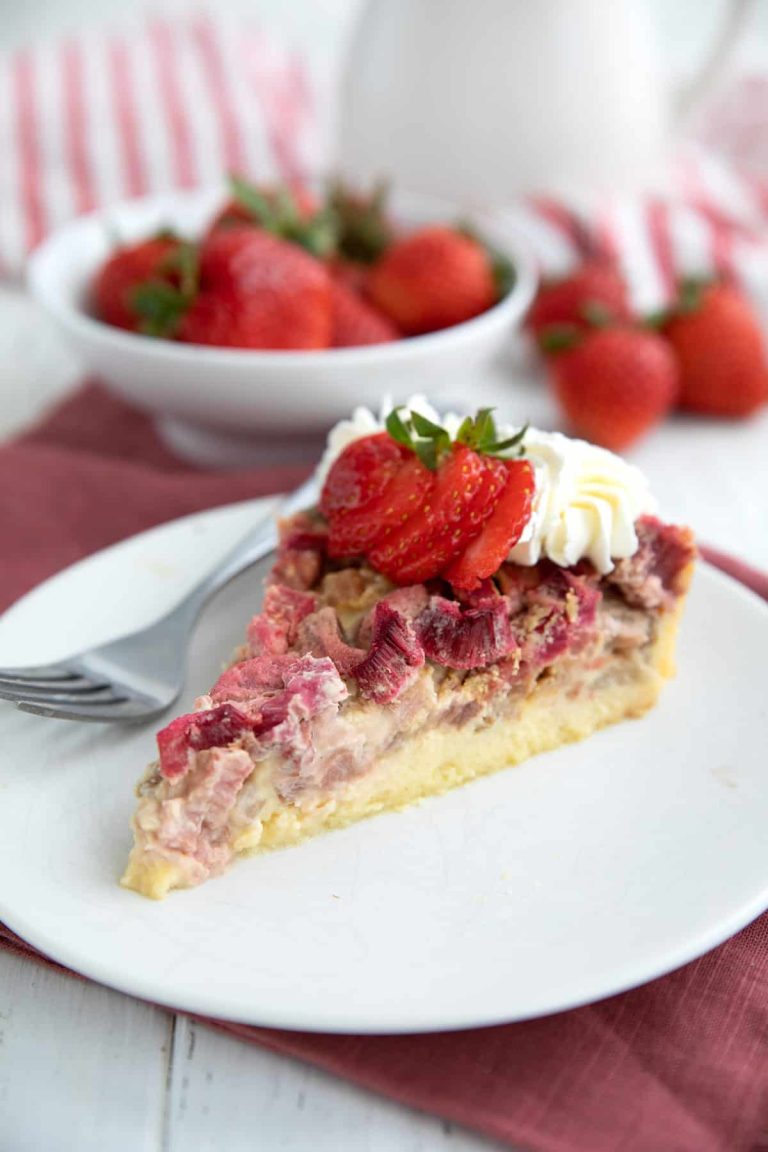Breadsticks: History, Variations, Recipes & Health Benefits
Breadsticks originated in Italy during the 14th century. Specific records cite Turin, a city in the Piedmont region, as the birthplace. Historians believe that bakers initially crafted breadsticks, known as “grissini,” to aid the digestion of a young duke. Over time, these thin, crispy sticks quickly became popular. By the 17th century, they had spread throughout the region and beyond. Famous figures like Napoleon and Charles II of England reportedly adored them. As baking techniques evolved, variations of breadsticks emerged, with some retaining the original thinness while others became thicker and softer.
Popularity Across Different Cultures
Breadsticks gained popularity beyond Italy, integrating into various culinary traditions. In the United States, breadsticks often accompany meals in Italian-American restaurants, sometimes served with marinara sauce or garlic butter. They complement salads, soups, and pasta dishes, providing a delightful crunch. In Greece, breadsticks, called “kritsinia,” are commonly found in bakeries and often contain sesame seeds or herbs. In Japan, “Pocky” and “Pretz” are sweet and savory snack versions of breadsticks, demonstrating their versatile appeal. Breadsticks have thus transcended their humble Italian origins to become a global snack enjoyed in many forms.
Types of Breadsticks
Traditional Italian Grissini
Grissini originated in Italy and consist of thin, crispy sticks. These breadsticks typically have a simple flavor profile, using basic ingredients like flour, water, yeast, salt, and olive oil. Some versions include sesame seeds or herbs for added flavor. Grissini often serve as appetizers or accompaniments to soups and salads.
Soft Breadsticks
Soft breadsticks offer a contrasting texture to their traditional counterparts, featuring a soft interior and a golden-brown crust. These are especially popular in Italian-American restaurants, often served warm with marinara sauce or garlic butter. Ingredients commonly include flour, water, yeast, milk, butter, and sugar, contributing to their tender texture.
Flavored Varieties
Flavored breadsticks add diversity to the traditional recipe by incorporating various seasonings and toppings. Options include garlic, rosemary, or cheese-infused breadsticks, each providing a unique taste. Some variations even feature sweet elements like cinnamon and sugar, appealing to different palates and enhancing versatility in serving options.
How Breadsticks Are Made
Ingredients and Preparation
Breadsticks contain a few core ingredients: flour, water, yeast, salt, and olive oil. Optional ingredients like sugar, garlic, or herbs add flavor variations.
- Mix flour and salt in a bowl.
- Activate yeast with warm water and let it sit for a few minutes.
- Combine yeast mixture with flour, then knead until smooth.
- Add olive oil and any optional ingredients during kneading for even distribution.
- Let the dough rise in a warm place for about an hour.
- Roll the dough into thin strips and place them on a baking sheet.
- Bake at a high temperature, around 400°F, until golden brown.
Industrial vs. Artisanal Methods
Industrial methods utilize automation and high-capacity ovens. Large-scale production involves:
- Mixing ingredients in commercial mixers.
- Using machines to shape and cut dough into uniform sticks.
- Baking in conveyor ovens for consistent results.
Artisanal methods rely on manual techniques and traditional ovens. Artisanal production includes:
- Hand-kneading and longer fermentation times.
- Shaping dough by hand for unique textures.
- Baking in stone or brick ovens for enhanced flavor.
Although both methods produce delicious breadsticks, artisanal techniques emphasize craftsmanship and quality.
Nutritional Value of Breadsticks
Health Benefits
Breadsticks offer several health benefits when consumed in moderation. They provide a source of carbohydrates, which are essential for energy. A single breadstick typically contains around 3-5 grams of carbohydrates, supplying quick energy for daily activities. Breadsticks also contain fiber, especially whole-grain varieties, aiding digestion and promoting a healthy gut. Some recipes include olive oil, contributing healthy fats beneficial for heart health. Fortified breadsticks can offer additional nutrients like folic acid, iron, and B vitamins, enhancing their nutritional profile.
Considerations and Dietary Restrictions
While breadsticks can be nutritious, there are considerations for those with dietary restrictions. If you have gluten intolerance or celiac disease, avoid traditional breadsticks made from wheat flour, which contains gluten. Opt for gluten-free alternatives crafted from rice or almond flour. Breadsticks can be high in sodium, given that a single stick may contain 100-200 milligrams of sodium. Look for low-sodium options if you’re monitoring your salt intake. For individuals with dairy allergies, ensure the recipe does not include milk or butter, common in some variations. Always check ingredient lists and nutrition labels to align breadstick consumption with your dietary needs.
Serving and Pairing Ideas
Classic Combinations
Breadsticks naturally complement various dishes, enhancing both taste and presentation. Serve breadsticks with marinara sauce, which offers a rich, tangy flavor. Pair them with garlic butter for a savory experience. Offer breadsticks alongside soups like tomato or minestrone to add a delightful crunch. Combine breadsticks with cheese spreads, such as cheddar or blue cheese, to create a balanced appetizer.
Creative Serving Suggestions
Breadsticks aren’t just for traditional pairings; they also shine in creative contexts. Wrap them in prosciutto for a sophisticated hors d’oeuvre. Use breadsticks as a base for miniature sandwiches by adding deli meats and cheeses. Turn breadsticks into edible skewers by threading them with cherry tomatoes, basil leaves, and mozzarella balls. Incorporate breadsticks into dessert by dipping them in chocolate and sprinkling with sea salt.
Conclusion
Breadsticks offer a delightful blend of history, versatility, and nutritional benefits. Whether you prefer them made by hand or through automated processes, their appeal remains undeniable. With endless serving and pairing possibilities, breadsticks can easily elevate any meal. From traditional dips to innovative wraps, they fit seamlessly into various culinary settings. So the next time you’re looking for a tasty addition to your table, consider the humble breadstick.

